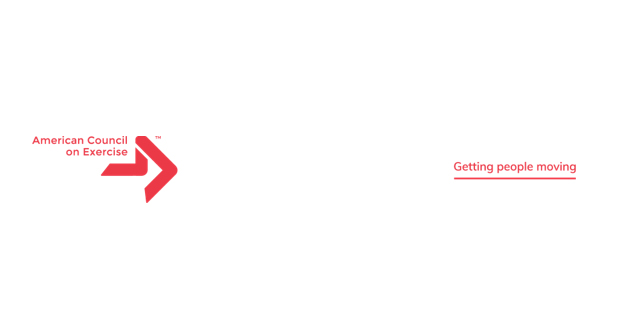American Council on Exercise finds most efficient exercise for hamstring muscles to improve function and support low-back health in the least amount of time
San Diego CA— Lack of time is often cited as a popular factor that prohibits people from finding a sustainable workout routine. As a result, many people spend the limited time they have to exercise on what’s commonly referred to as “mirror muscles” – the muscles most visible when flexing in the mirror. While hamstrings don’t make the mirror muscles cut, strong hamstrings do make performing daily activities easier and contribute to improved low-back health among older adults.
To address these common challenges, the American Council on Exercise (ACE), leading nonprofit certifier of exercise professionals and health coaches, commissioned John Porcari, Ph.D. and a team of researchers in the Department of Exercise and Sport Science at the University of Wisconsin–La Crosse to research the most effective exercises to strengthen hamstrings in minimal time.
“We can all relate to the challenge of balancing healthy habits and finding enough time in the day to get everything done,” says ACE Chief Science Officer Cedric X. Bryant, Ph.D. “But neglecting to take a balanced approach at exercise can lead to injury. The findings of this study show that building strong hamstrings doesn’t have to take large amounts of time or expensive equipment.”
The study recruited 16 volunteers between the ages of 20 and 25 years old with experience in resistance training. Each participant attended two one-hour sessions. In the first session, participants established a baseline strength individual to them. In the second session, they performed nine common hamstrings exercises in random order. Researchers attached electrodes to participant’s skin around the hamstrings to test muscle activation levels. Electrodes measured two of the three muscles in the hamstrings muscle group, while the other remains unable to be measured accurately with skin electrodes.
Results deemed three exercises significantly more effective at activating the hamstrings: kettlebell swings, single-arm/single-leg Romanian deadlifts and the prone leg curl. Best of all, results suggest that these three exercises stimulate the hamstrings similarly and may be used interchangeably. Researchers recommend the prone leg curl for average gymgoers as it is the easiest to perform with proper form and requires standard gym equipment, and they note that the kettlebell swings and single-arm/single-leg Romanian deadlifts can be done at home.
According to ACE, building non-mirror muscles remains integral to making daily life more enjoyable and is a necessary foundation for overall wellness.
“Finding the most efficient exercise can help people invest in their health so they can stay active and healthy in the long term,” says Bryant. “This research can not only help overcome the obstacle of limited time but will give people easy options that they can do both at home or at the gym.”
To view the complete study, please click here. To learn more about American Council on Exercise and its mission to get all people moving, please visit www.acefitness.org.




